With a worldwide rise in the popularity of holistic health, it’s little wonder that we are turning to the East for inspiration in the quest to optimize both our inner health and outer beauty. Eastern philosophies and approaches to health and beauty have steadily made their way into the Western beauty world, with a focus on prevention rather than intervention. While Western cultures have become increasingly obsessed with ‘turning back the time’ with treatments such as botox, laser peels, and plastic surgery, the emphasis in Eastern beauty rituals is on the balance of health and wellness, which in turn creates beauty.
Fortunately, the beauty industry has combined the best of the East with the best of the West, and emphasized the use of traditional ingredients that do not neglect the need for efficacy. However, you can still expect some far-out treatments on the spa menus in the Far East. You may frown upon a bird poop facial in Japan, but it supposedly diminishes the appearance of wrinkles…so let’s take a wee cultural beauty tour to the East…
China: In Chinese philosophy, ‘yin’ (female) and ‘yang’ (male) are representations of the opposites in the natural world that combine to create a balanced unity. True beauty is a balanced all round experience and the aim is to balance ‘yin’ and ‘yang’ energies in the physical body. The Chinese firmly believe that there is an intrinsic connection between health and beauty, suggesting that our face is like a mirror that reflects how we are on the inside. Through the study of the texture, colour and condition of the skin, Chinese physicians are able to determine the health of the body. Ancient remedies include white tea for puffy eyes, ginseng for dry skin, chrysanthemum flowers for sensitive skin and facial acupuncture, more recently referred to as ‘cosmetic acupuncture’.
Japan: The Japanese, well known for their flawless skin, have always used natural botanicals and minerals from the earth for their skin care. Traditionally, ancient Japanese beauties would gently exfoliate their skin using grains such as adzuki beans, rice bran, mineral rich clays, nutrient rich powdered sea vegetables, and powdered herbs. Treatments often include the use of seaweed to cleanse and tone, and white camellia nut oil to hydrate and soften the skin. Or, for an exfoliation treatment with a difference, try a Nightingale bird-dropping facial (said to be used by Victoria Beckham) with top spas charging US$200+ a treatment. If it’s any consolation, the bird droppings are dried, UV treated and crushed into a powder before they reach your face. The Japanese might also fix a bad hair day with the ‘Bull Semen Hair Treatment’- supposedly packed with protein to deeply condition and repair tresses.
Indonesia: The Indonesian tradition of natural wellness and health is called ‘Jamu’, in which medicinal herbs are used to treat all aspects of life. For beauty rituals, leaves, flowers, roots, and bark are blended and applied to the body for nourishment and rejuvenation. Recipes have been passed down the generations. Coconut milk is used as hair wash, rice water as a facial cleanser, sandalwood for the treatment of eczema and burns.
India: Beauty rituals are based on the ancient system of Ayurveda, which translates as “the science of life”. It’s a system of medicine that incorporates the use of herbs and plants to balance the three forces, or doshas – vata (wind), kapha (earth), and pitta (fire). When the three are brought into balance, beauty and health are said to follow. You can make your own Ayurvedic inspired face mask by mixing together a teaspoon each of turmeric powder, grated fresh ginger, and honey, and then stir the mixture into a cup of hot water. Ginger and turmeric are anti-inflammatory, while honey possesses antibacterial properties.
Thailand: Thai herbs have constituted a great part of traditional Thai medicine as a natural means of health and beauty care. Two culinary ingredients synonymous with Thai food, tamarind and lemongrass, are also commonly used in beauty treatments. Tamarind seed extract is often used and contains high levels of Alpha Hydroxy Acid, which is of great benefit in skin care. Lemongrass oil has great astringent properties, which helps clear up excessive oily skin that can cause acne outbreaks. You can make your own lemongrass broth by adding the herb to hot water and using it to steam your face and open your pores. Alternatively, whip up a traditional Thai facemask by mixing the scooped-out flesh of the papaya fruit with a small amount of fresh lemon and applying to your skin for between 10 to 15 minutes.
Malaysia: “Fish peeling” is a procedure to rival the traditional pedicure. The idea is that you plunge your feet into a tank full of fish called Garra Rufa or ‘doctor fish’. They gently ‘bite’ your feet feed off dead skin cells, leaving your healthy skin underneath clean and smooth.
We may not be able to travel to exotic destinations or wellness spas at the moment, but with a little home research, we can enhance our beauty regime with traditional treatments from around the world!
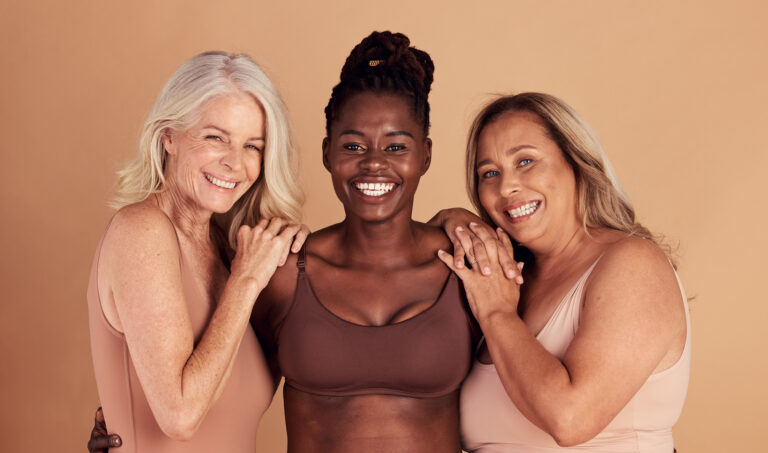
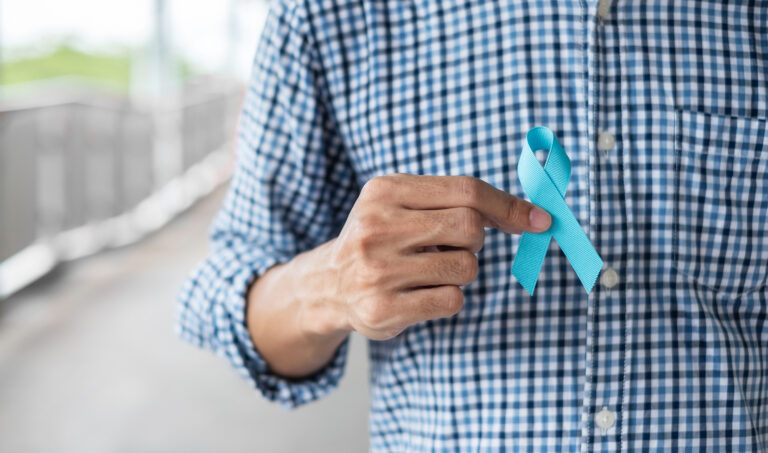
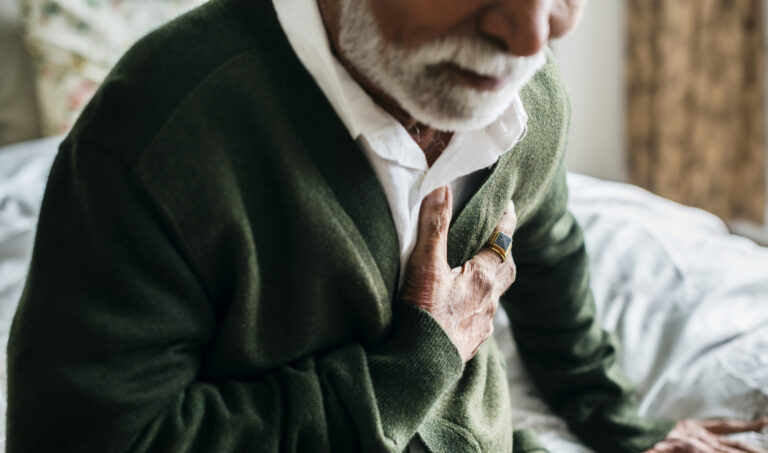
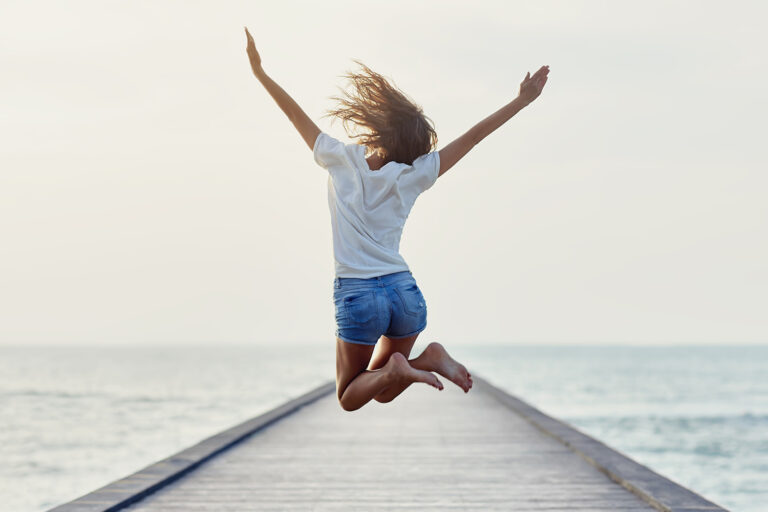

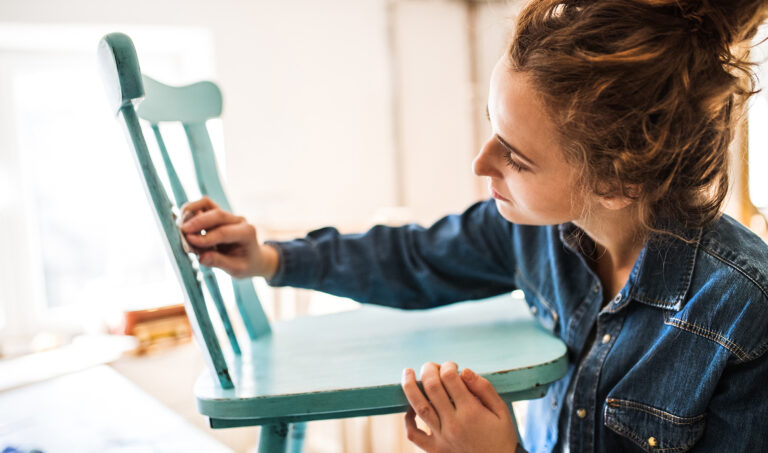
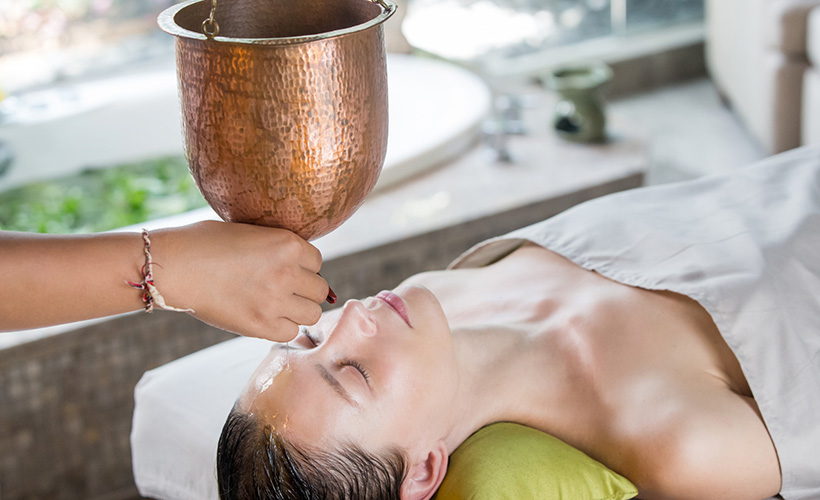
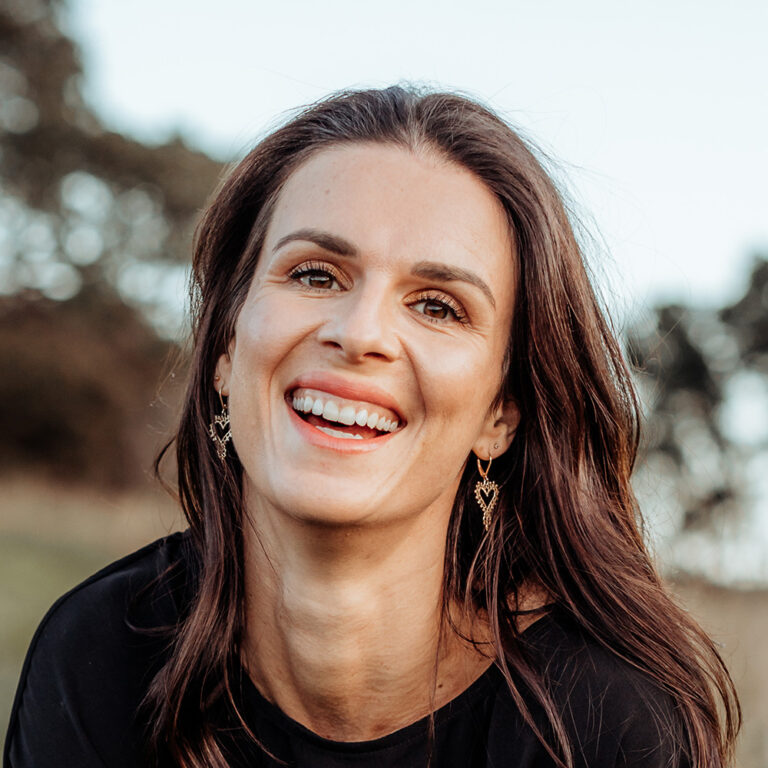
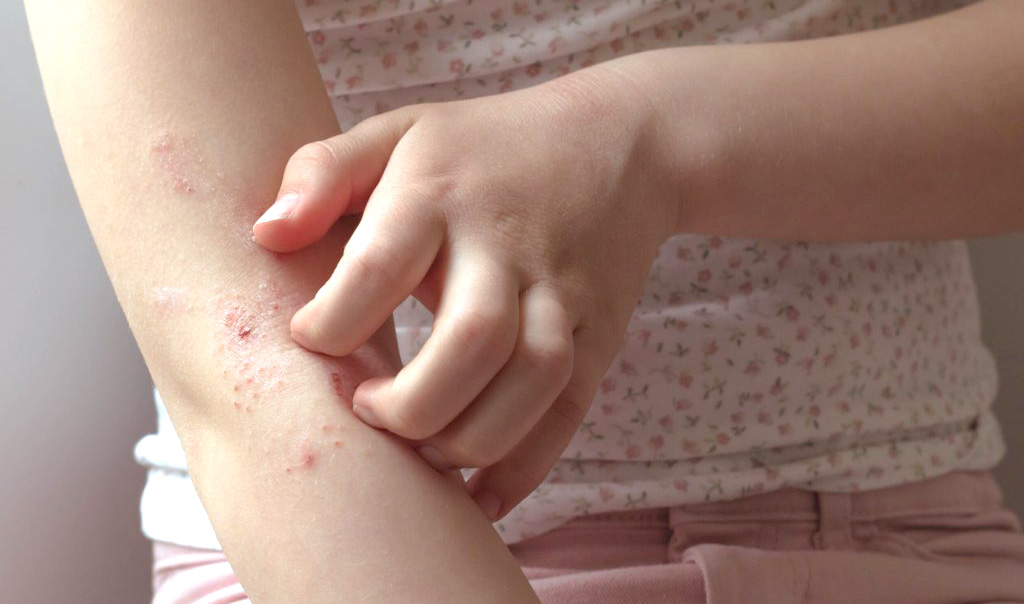
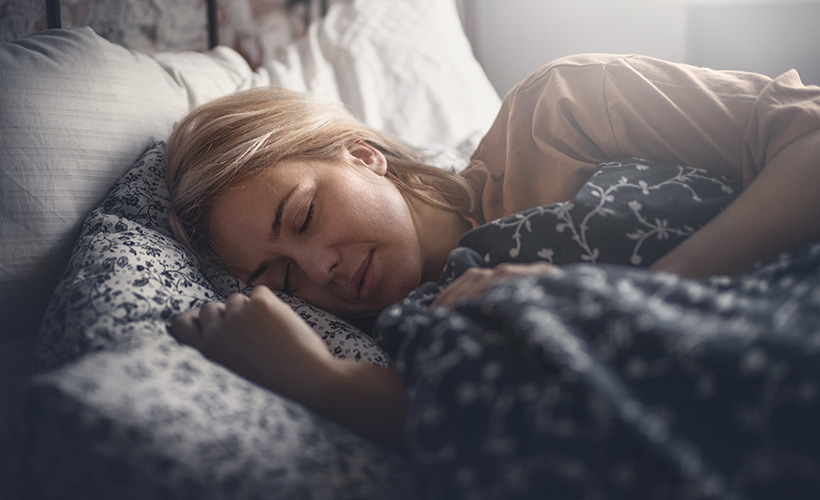

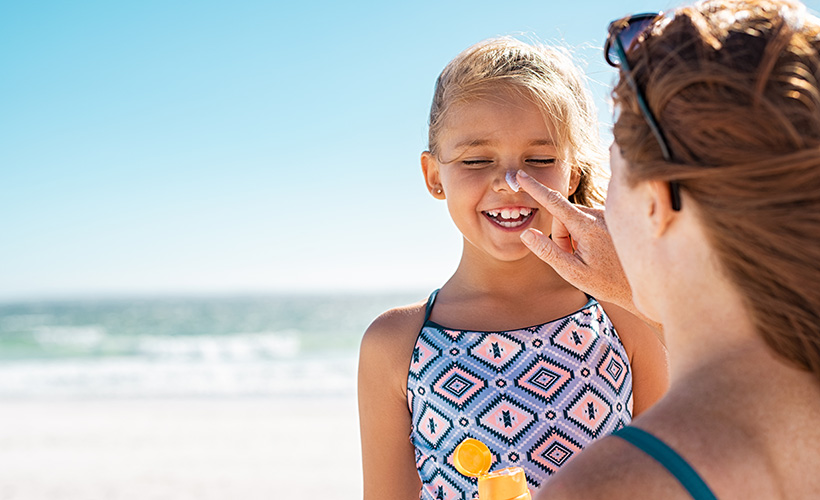
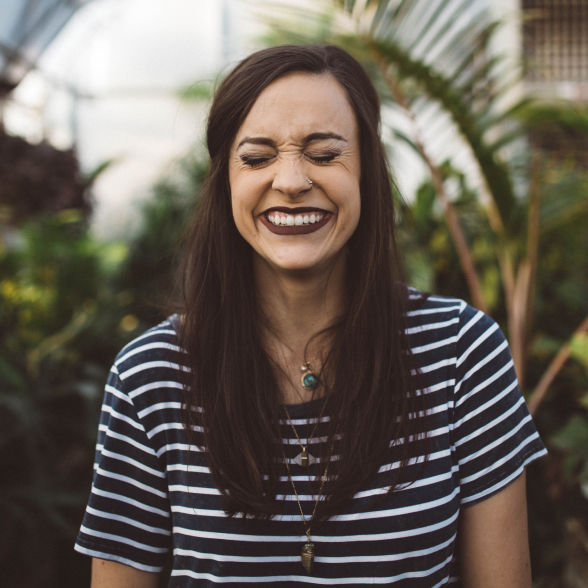

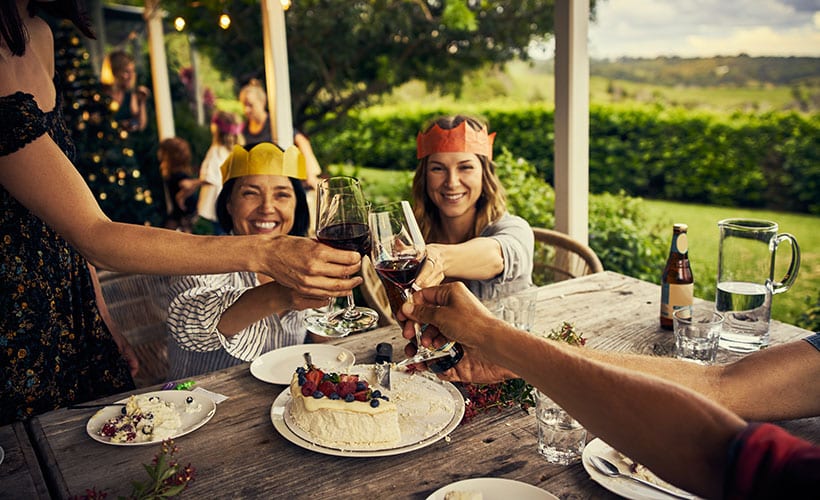
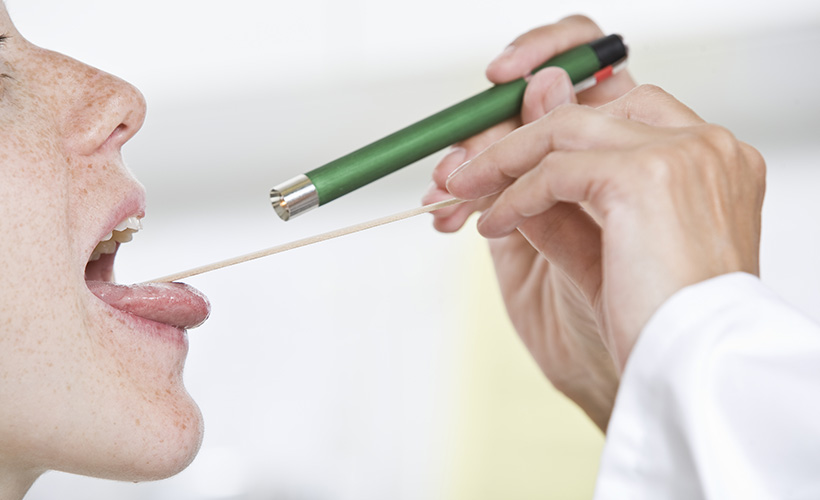


Community